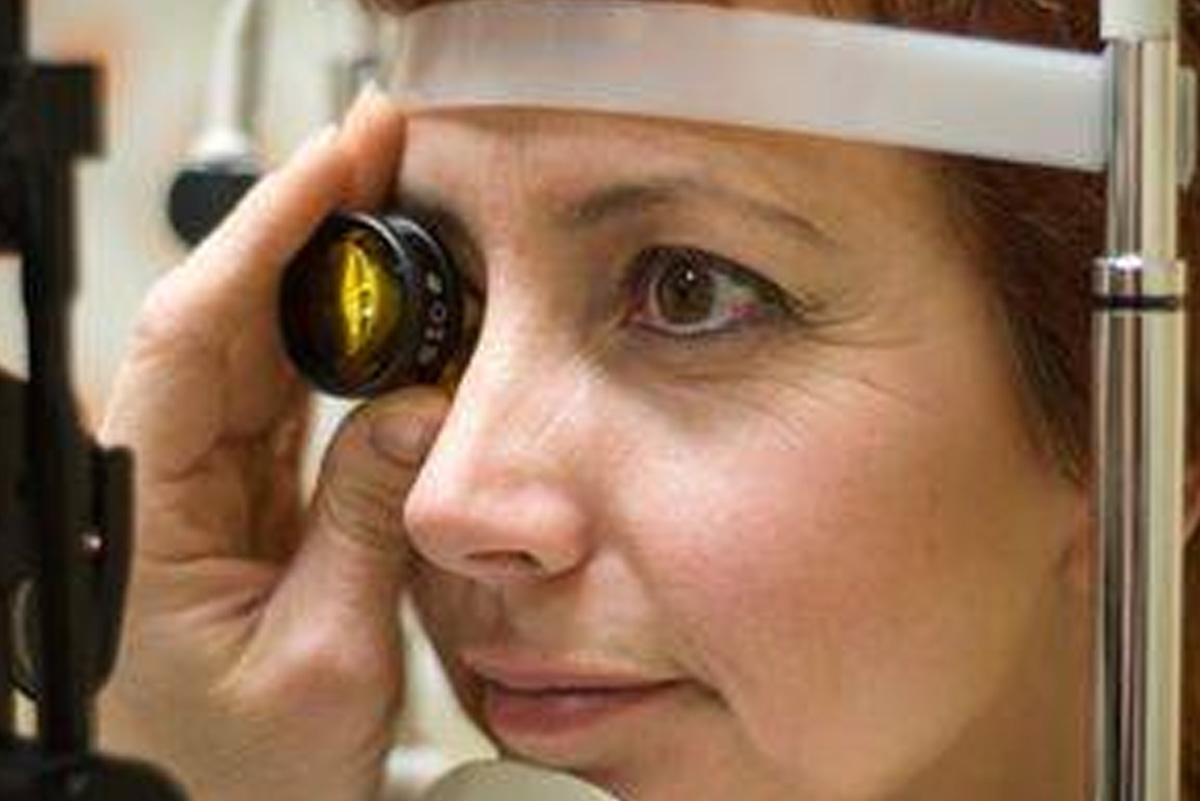February is Low Vision and Age-Related Macular Degeneration Awareness Month, a time to raise awareness about low vision—a condition affecting millions of people, especially the elderly. Low vision refers to a significant visual impairment that cannot be corrected by traditional means such as eyeglasses, contact lenses, medication, or surgery. This condition includes a loss of visual acuity (often worse than 20/70), significant visual field loss (such as tunnel vision or blind spots), and in severe cases, legal blindness (20/200 or less in the better eye).
While low vision can affect people of all ages, it is most commonly seen in adults over 65. For those who experience it, the loss of clear vision can make everyday tasks such as reading, writing, cooking, and even recognizing people a challenge. The good news is that low vision therapy and low vision rehabilitation can help individuals adjust and continue to lead fulfilling lives.
Causes of Low Vision
How to prevent eye damage from diabetes or other conditions is crucial, but some factors make people more susceptible to low vision. The main causes of low vision include:
- Eye diseases like glaucoma, macular degeneration, cataracts, diabetic retinopathy, and retinitis pigmentosa
- Eye injury or trauma
- Genetics or hereditary factors
These conditions can progressively damage the eyes, leading to visual impairments that make daily tasks difficult or impossible to perform without assistance.
Types of Low Vision and Their Effects
There are several types of low vision, each impacting the ability to see in different ways:
- Central vision loss: Often caused by macular degeneration, this condition affects the central vision, making tasks like reading and face recognition challenging.
- Peripheral vision loss: Caused by glaucoma or retinitis pigmentosa, this type of vision loss leads to a narrowing of the visual field, affecting the ability to see objects in the periphery.
- Blurred vision: Can be caused by cataracts or other eye conditions, leading to a general cloudiness in vision.
Is 20/70 vision bad? For someone with this level of acuity, low vision rehabilitation becomes necessary to help them adapt and regain independence.
Low Vision Rehabilitation: How to Improve Quality of Life
While there’s no cure for low vision, there are various ways to manage it and enhance the quality of life. Low vision therapy often involves a combination of vision aids, lifestyle modifications, and professional support. Some key tips for managing low vision include:
- Adjusting Lighting: Ensuring your home is well-lit can make a huge difference. Different types of lighting, such as full-spectrum lighting, can enhance contrast and reduce glare.
- Using Magnifiers: Hand-held or stand magnifiers, as well as binoculars or spectacle-mounted magnifiers, can be incredibly helpful for reading, watching TV, or focusing on small objects.
- Specialized Lenses: Eye doctors may recommend specialized lens tints to enhance vision for conditions like retinitis pigmentosa or cataracts, which can help reduce light sensitivity and improve contrast.
- Large Print Materials: Opting for large print books or digital recordings can make reading much easier. MP3s or audiobooks are also great alternatives.
- High Contrast Writing: Using bold, dark-colored pens on light paper can help with writing and reading tasks.
- Safety Features at Home: Add high-contrast markings to stairs or doorways to help prevent falls. For example, a bright stripe on dark steps or a dark stripe on light stairs can enhance visibility for individuals with low vision.
- Explore Technology: There is a wide range of assistive technology that can simplify daily tasks for those with low vision. Some apps and devices help with color identification, reading, and navigation.
When to See an Eye Doctor
If you or a loved one is experiencing visual impairment, it’s essential to schedule an eye exam to understand the extent of the problem and determine the best course of action. Eye doctors can diagnose low vision and provide low vision rehabilitation options to enhance the remaining eyesight and improve daily functioning.
Preventing Further Vision Loss
Diabetes and blindness are closely linked, so it’s essential for diabetic patients to monitor their eye health regularly. Early detection of eye diseases through regular eye exams can help prevent further vision loss.
Don’t let low vision affect your quality of life. Schedule an eye exam today and explore low vision treatment options that work for you.
